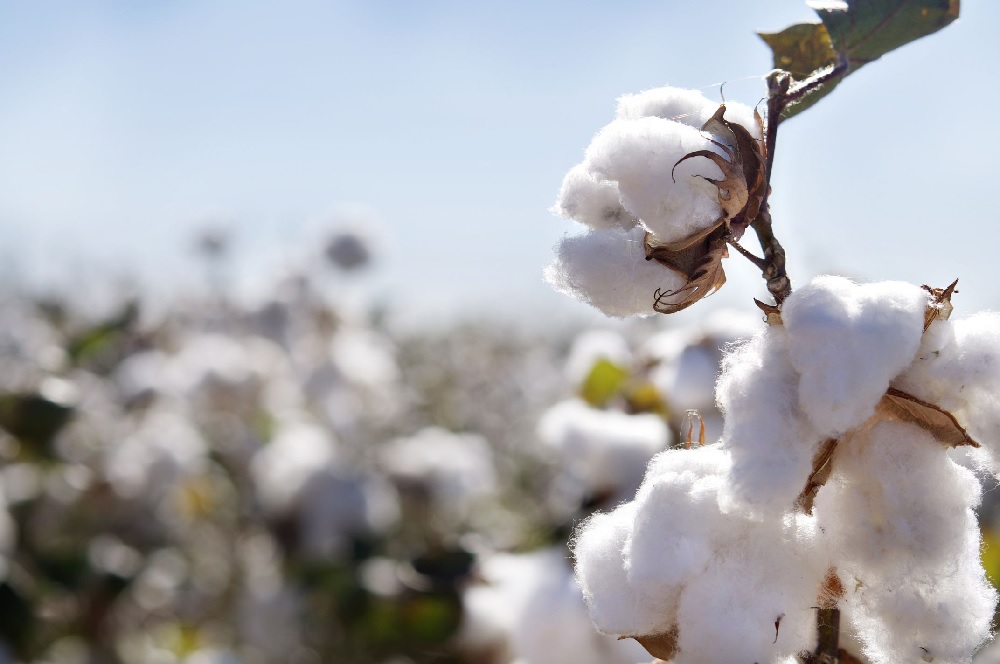
Crop Detail
Cotton is a major crop of Pakistan after wheat and it occupies the largest area in Pakistan compared to other crops. Cotton crop earns the country largest export revenues and in addition to the lint, the seed of cotton for oil and meal accounts for 80 percent of the national production of oilseed. Cotton and cotton related products contribute 10 percent to gross domestic product (GDP) and 55 percent to the foreign exchange earnings of the country. The area under the cultivation of cotton crop increased significantly in the last 30 years, around 7.86 million acres in 2015-016. Cotton is an important cash crop grown in Pakistan and it contributes substantially to the national economy of Pakistan and is a key source of livelihood for the rural people (Pakistan, 2012-13). It is widely grown in hot and humid areas where there are high pest hazards as some insects are especially deleterious to cotton yield and its quality.
|
| Major/Minor |
Major |
| Temporary/Permanent |
Temporary |
| Category |
Agriculture Extension |
| Type |
Fibre Crops |
| Crop Climate Title |
Sub Tropical |
| Crop Water Method Title |
Irrigated |
| Crop Duration |
Perennial |
| Crop Economic Title |
Cash Crop |
| Crop Growing Season |
Kharif / Rainy / Monsoon Crops |
|
|
Diseases
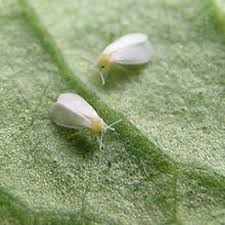
Sucking Pests
White Fly
Thrips
Spider Mite
Caterpillar
Mealybug
Wild Boar
American Bollworm
Pink Bollworm
Jassids
Caterpillar
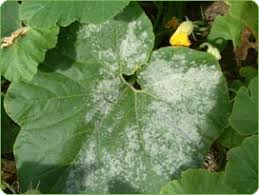
Fungal Diseases
Anthracnose
Root Rot
Boll Rot
Fusarim wilt
Alternaria leaf |Spot
Cercospora leaf spot
Cotton Leaf Curl virus
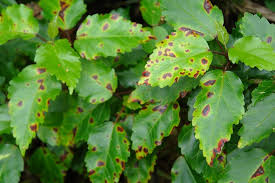
Bacterial Diseases
Angular Leaf Spot
Bacterial Leaf Spot
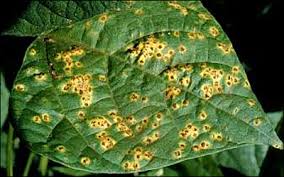
Viral Diseases
Tobacco Streak Virus
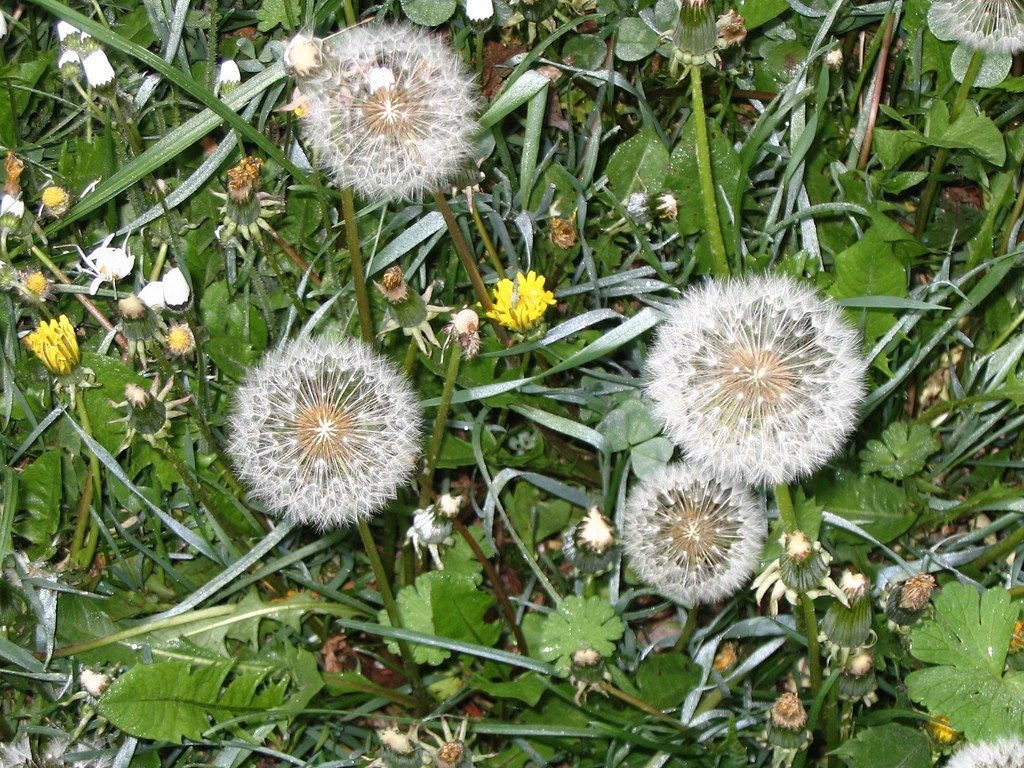
Weeds
Narrow leaves weeds
Perennial and annual weeds
Broad spectrum weed control
Grasses
Deela, Itsit, Madhana, Swanki
Pre-emergence herbicide
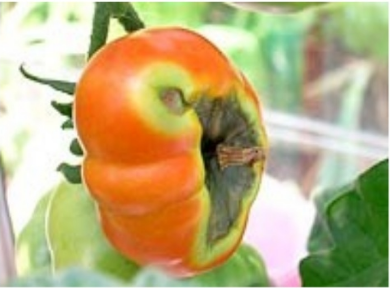
Nutrient
Stunted, yellow, defoliation and smaller bolls
Affected leaves become dry and get fall off. it may causes cankers on stem. Infection is spread to boll, then rotting of boll occurred afterward they get fall off.
Circular red lesions on leaves which enlarge and turn white or grey
Small, reddish or light colored diseased spots are observed on plant leaves. It attack boll at any stage and infection spread to lint and seed. the bolls affected by the disease have small, water-soaked, circular, slightly depressed, reddish brown spots.
sudden and complete wilting of plants.
upward and downward curling of leaves accompanied by small as well as main vein thickenings. Bolls remained small in size and failed to open. all parts of badly hit plants are very brittle and ready broken.
Cotton Seed Varieties
| Name |
Seed Rate |
| FH-900, FH-901, FH-1000 & CIM-602 (ناڙي پوک) |
8-10 kg per acre |
| MNT-886, FH-142, BH-118 & CIM-473 (ناڙي پوک) |
8-10 kg per acre |
| Neelam-121, Chris-9, Reshmi & Harii (ناڙي پوک) |
8-10 kg per acre |
| Dost, Shahbaz, Chris-134 & Chris 342 (ناڙي پوک) |
8-10 kg per acre |
| MNT-886, Chandii, Sohni, Nayab & NIA Ufaq (ناڙي پوک) |
8-10 kg per acre |
| FH-900, FH-901, FH-1000 & CIM-602 (کرين ۽ بٺن واري پوک) |
3-4 kg per acre |
| MNT-886, FH-142, BH-118 & CIM-473 (کرين ۽ بٺن واري پوک) |
3-4 kg per acre |
| Neelam-121, Chris-9, Reshmi & Harii (کرين ۽ بٺن واري پوک) |
3-4 kg per acre |
| Dost, Shahbaz, Chris-134 & Chris 342 (کرين ۽ بٺن واري پوک) |
3-4 kg per acre |
| MNT-886, Chandii, Sohni, Nayab & NIA Ufaq (کرين ۽ بٺن واري پوک) |
3-4 kg per acre |
| 









